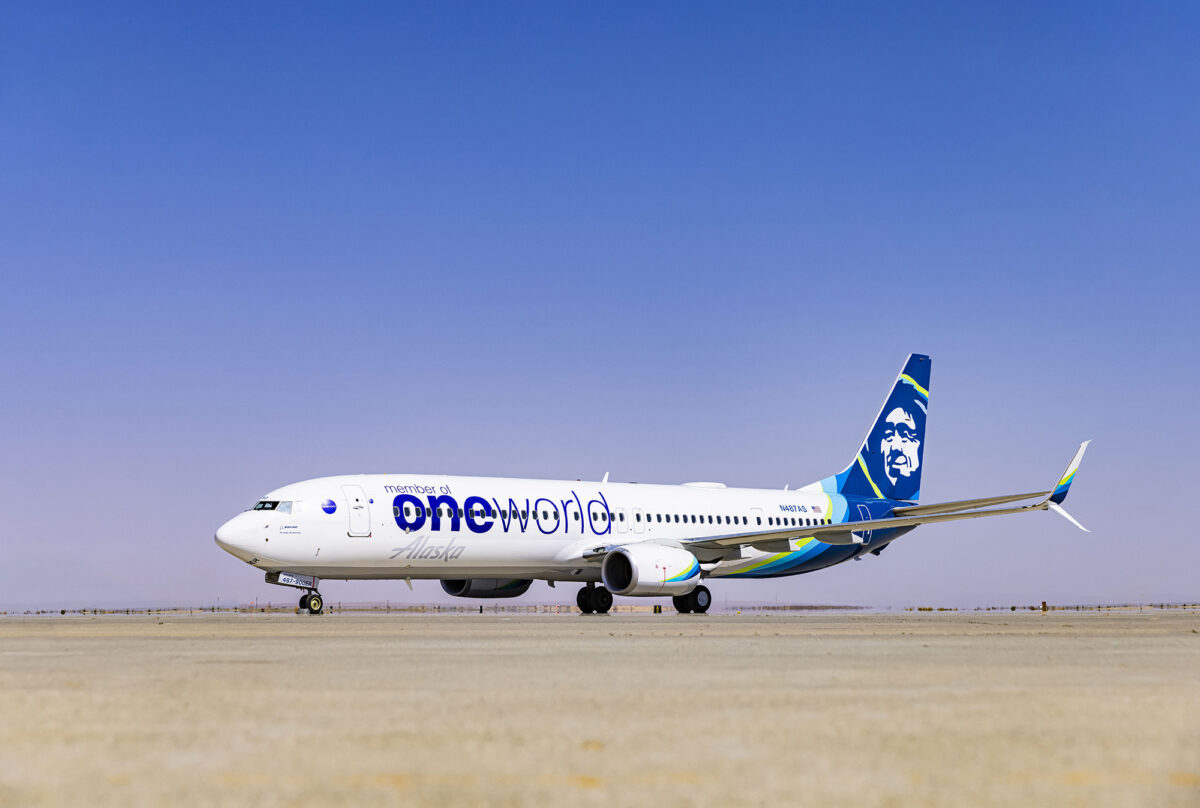Tour Operators Embrace the Long-Elusive Software Solution

Skift Take
Tour operators were decimated during the pandemic. If they wanted to survive, they had to figure out how to bring in more revenue and operate business more efficiently.
That has led to a move by tour operators toward adopting new technologies, like booking platforms and business management software. Now, those technology advances are giving companies a much-needed boost post-pandemic.
“It's a virtuous circle: The more you sell, the more you sell. The better your tours perform, the more visibility they're going to get, and the more bookings it's going to generate,” said Douglas Quinby, co-founder and CEO of Arival, which produces conferences and research reports for the tour and activities industry.
Consisting largely of mom-and-pop small businesses, the tour operator sector is arguably the most behind technologically of any in the industry. Companies in the sector have long struggled because of outdated practices like recording data manually. Those problems could include double bookings or errors in data transfer. That, in turn, leads to higher cancellation rates and increased customer dissatisfaction.
A recent survey by Arival of more than 3,500 businesses found that more than half of day tour operators are still not using an online booking system.
But, that is changing.
Some tour operators are spending more than $1 million on technology. Among those big spenders is Intrepid Travel, which is upping its technology budget for 2023 by 189 percent from 2019. The global tour operator software market, estimated to be worth $500 million in 2020, is projected to be valued at $1.2 billion by 2026, according to a study by market research firm Facts & Factors.
Software and Automation
As tour operators look toward digitizing, the trick generally is to subscribe to digital services that can expand reach and automate processes.
There’s been a push to get more tour operators working with a booking platform, like GetYourGuide, that can connect companies to other systems and expand their customer base. GetYourGuide said new platform features and initiatives have led to a decrease of booking errors by more than 50 percent in 2022, which means a more seamless experience for both the operator and the customer.
At one point, some companies had tried to invest in their own digital solutions, but much of that effort fizzled out.
“In recent years, however, the technology available in the market has advanced, and tour operators have also realized that it is often better to buy than make,” Manuel Hilty, CEO of Nezasa, said. Nezasa’s platform, called TripBuilder, combines tourism products and services from multiple sources into one place.
There are multiple other third-party software companies that tour operators can contract to automate operations:
Iceland-based Kaptio, which includes Audley Travel and the Travel Corporation as clients, has developed a platform that reduces the number of underlying systems tour operators use as well as enables tour operators to automatically generate customer-facing documents and get access to live inventory from third-party suppliers.
There’s also software that can automate booking changes both pre-departure and during a trip. Boston-based travel agency Explore Worldwide uses a tool called Parabola to automate data cleaning and analysis of its customer service feedback. Andrew Steward, Explore’s head of digital transformation, said the tool has enabled the company to identify and resolve issues mentioned in customer reviews quicker.
The software company Travefy offers a tool that automatically records and stores information submitted by clients. It also features a database of locations worldwide, compiled from up to 20 data sources, that tour operators can use to build itineraries.
Virtual Experiences
Tour operators added virtual options during the pandemic as a temporary replacement so they could survive. Most of those options have faded, but that unprecedented situation paved the way for entrepreneurs to fill a need that had gone unnoticed.
Several new companies have emerged during the pandemic focused exclusively on virtual experiences. Despite their biggest competition being in-person tours — and disinvestment in that area by Amazon — demand for some types of virtual tours is growing.
Schools have been implementing virtual tours as a way to enhance cultural lessons for students, opening a world that many children do not get to experience until they’re older. Nursing homes have added the option as a new activity for residents. Some corporate groups are offering virtual tours as a company benefit.
Some traditional operators see an opportunity there, as well. Context Travel, founded in 2003, added a new virtual experience product that offers online seminars with experts before and after in-person tours.
For Boston-based Beeyonder, the biggest customers right now are corporate groups and senior living companies, and schools are next, according to founder and CEO Brittany Palmer.
“The possibilities are sort of endless at this point in terms of how you can use virtual tours to supplement or enhance people’s lives,” Palmer said. “That’s what we’ve seen an uptick in.”




